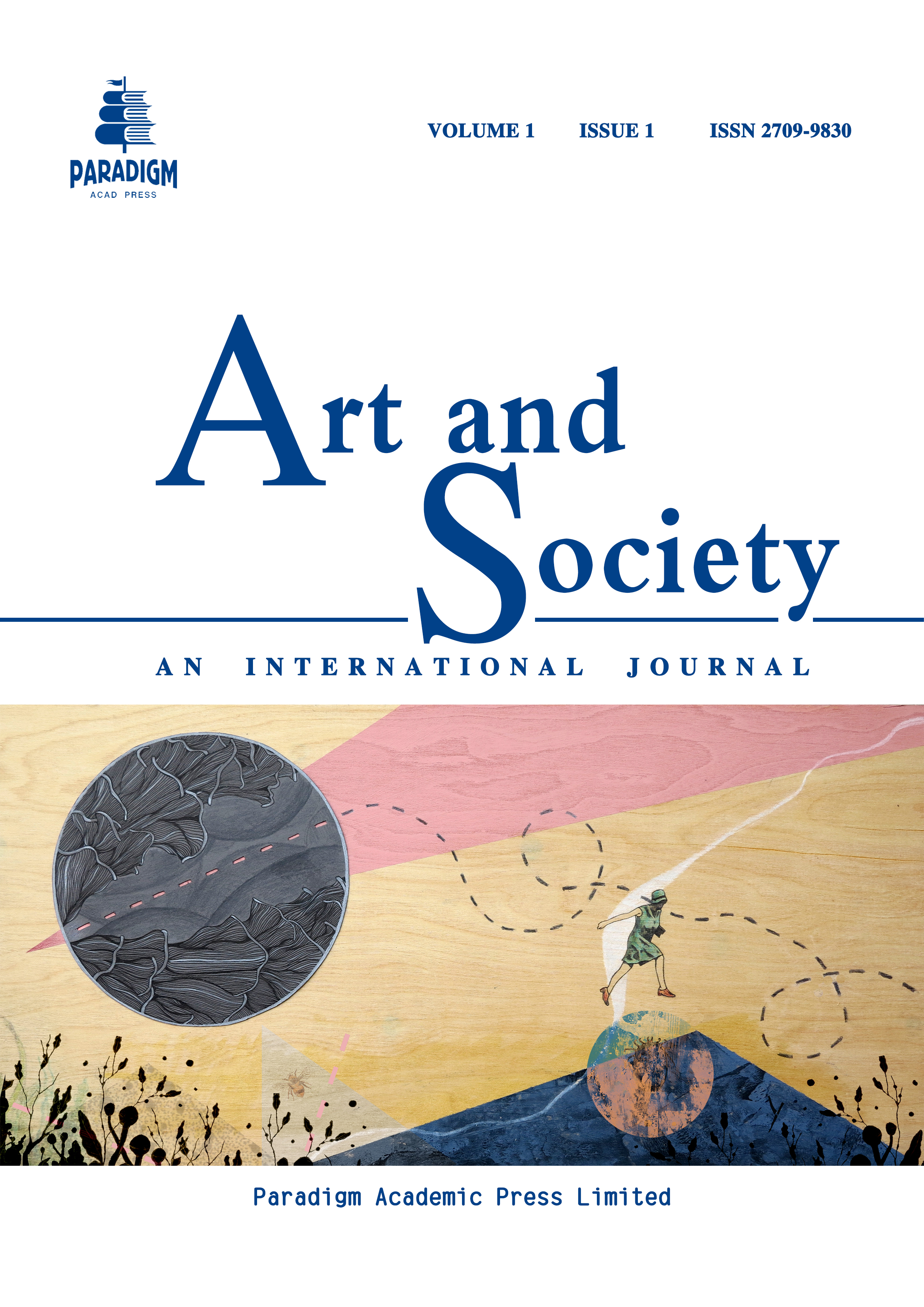A Study on the Formalist Aesthetic Analysis of New Carved Gold Beach, a Republican-Era New Year Poster from Yangjiabu
DOI:
https://doi.org/10.63593/AS.2709-9830.2025.10.004Keywords:
formalism, Yangjiabu New Year Posters, New Carved Gold Beach, digital transformationAbstract
This study employs Roger Fry’s formalist theory as its analytical framework to examine the formal aesthetic characteristics and modern relevance of New Carved Gold Beach — a seminal woodblock New Year painting from Yangjiabu created during China’s Republican era (1912-1949). The formalist doctrine posits that artistic essence resides not in narrative content, but in the meaningful order established through formal composition. Through systematic analysis of five key elements — line, color, volume, spatial relationships, and light and shadow — the paper reveals how this artwork achieves visual rhythm and emotional resonance through its structural organization. The study reveals that New Carved Gold Beach creates a visual hierarchy combining flatness and depth through its flowing rhythms, striking color contrasts, layered spatial composition, and dynamic interplay of light and shadow. While rooted in folk themes, the artwork transcends narrative constraints at its formal level, demonstrating artistic autonomy. The social transformations of the Republican era and advancements in printing technology provided conditions for this innovation, enabling New Year Posters to transition from religious symbolism to conscious formal expression in visual language. This paper argues that New Carved Gold Beach not only marks the maturity of Yangjiabu New Year painting art, but also represents a significant milestone in the evolution of Chinese folk art towards modern aesthetics. The independence of its formal language and structural beauty demonstrate the spiritual resonance between folk art and modernist aesthetics. Through the intervention of formalism, this paper redefines the research paradigm of folk art, emphasizes the contemporary value of traditional art in form innovation, and provides theoretical insights for the contemporary expression and digital transformation of Yangjiabu New Year painting as an intangible cultural heritage art.


